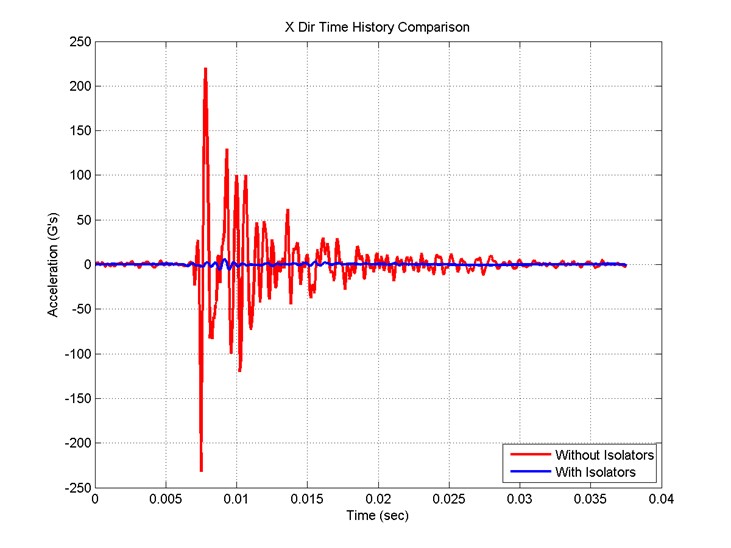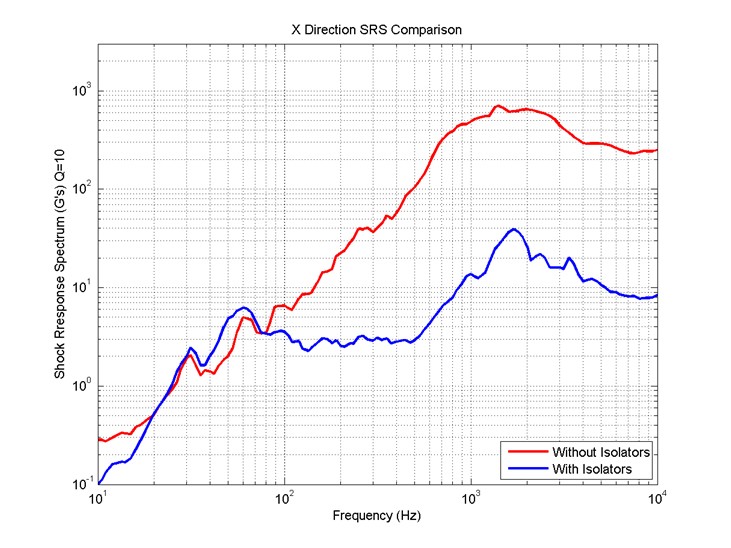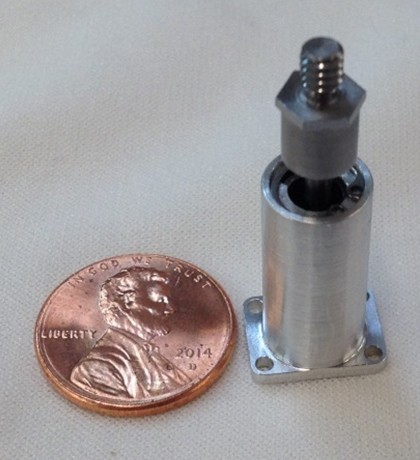Tim Pargett Discusses Shockwave Technology
1. Tell us a little bit about yourself, education, work at Moog or other places?
I am a Senior Engineer and the Test Group Lead at Moog’s Mt. View, CA site. I received my Bachelors of Science in Mechanical Engineering from Santa Clara University and worked on my Masters until the lure of the real world was too strong to resist. I have been fortunate to work in many aspects of engineering around vibration and shock mitigation. As part of the test engineering role I get the entertaining task of properly creating high vibration and high shock events as part of qualifying components and systems for their end use environments. When not creating innovative new shock test techniques, augmenting our existing technologies, and ostensibly just making the world a better place, I enjoy racquetball, tennis, long moonlit walks on the beach, reading 19th century English dramas, knife throwing, barn raising, and caber tossing.
2. Can you tell us about ShockWave? What is it and why was it developed?
ShockWave is a new style of isolator to protect systems from high level vibration and shock environments. It is designed to provide high-damping, factory-adjustable stiffness of the isolators, while keeping a common interface and overall size. ShockWave was originally developed to fit what we saw as a growing need for lower cost shock isolation systems, and it has been particularly useful for small satellite and CubeSat applications. The intent behind the development was to have a series of standard off-the-shelf isolation solutions that customers could choose from for their application, rather than always needing a specialized, custom solution for each new system.
3. Tell us what motivated you to develop ShockWave?
The original motivation to develop ShockWave was first-hand experience, seeing some of the difficulties our customers faced with hardening components to survive shock environments. It seemed counterintuitive that they would spend months of schedule and untold budget to go through various shock tests to get a passing design to avoid what was seen as the difficulty of implementing an isolation system. There seemed a clear need for our customers to have shorter lead times and lower development costs to help them in fielding fully-qualified systems.
A secondary motivation in developing ShockWave was the challenge of rethinking from the ground up how to approach isolation system design and development. There were some great engineering challenges to work through around how to get the right performance and modularity, but even more entertaining was the process of addressing a familiar design problem from a fundamentally different angle. Instead of focusing on designing the perfect solution, customized to each specific application, the focus was on designing a robust solution to a broad range of applications.
4. What use cases can ShockWave be used for beyond the original motivation to develop the product?
ShockWave isolators have the potential to be used in numerous applications where a component needs to be protected from vibration and shock or where the vibration and shock being generated from a component needs to be reduced as it transmits to the rest of the system. We already have ShockWave isolators for protecting CubeSats and their deployers from harsh launch environments, as well as an application where a 1U sized payload within a CubeSat is being isolated with ShockWave for both launch and on-orbit environments. ShockWave has been used in conjunction with our SoftRide isolators to augment damping and control strokes for a hosted payload and has successfully been used as the second stage in a bi-linear isolation system that provides very low frequency isolation on orbit but a higher frequency system during launch. ShockWave’s first application was in a non-aerospace environment where sensor stabilization was mission-critical. We have more than 100 isolators on assembly line machines protecting vision system cameras from the hammering events of installing rivets.
5. Can you tell us a bit more on future of ShockWave? Do you see it developing other products or technologies?
I expect to see the ShockWave technology getting applied to more shock and vibration isolation applications as well as being increasingly used as snubbers, locking isolation systems, and even bi-linear two stage isolation systems where the launch performance and the micro-G on-orbit performance differ greatly. I see this technology easily being incorporated into other existing products to augment performance and survivability. The potential applications for ShockWave seem to be continually expanding.



